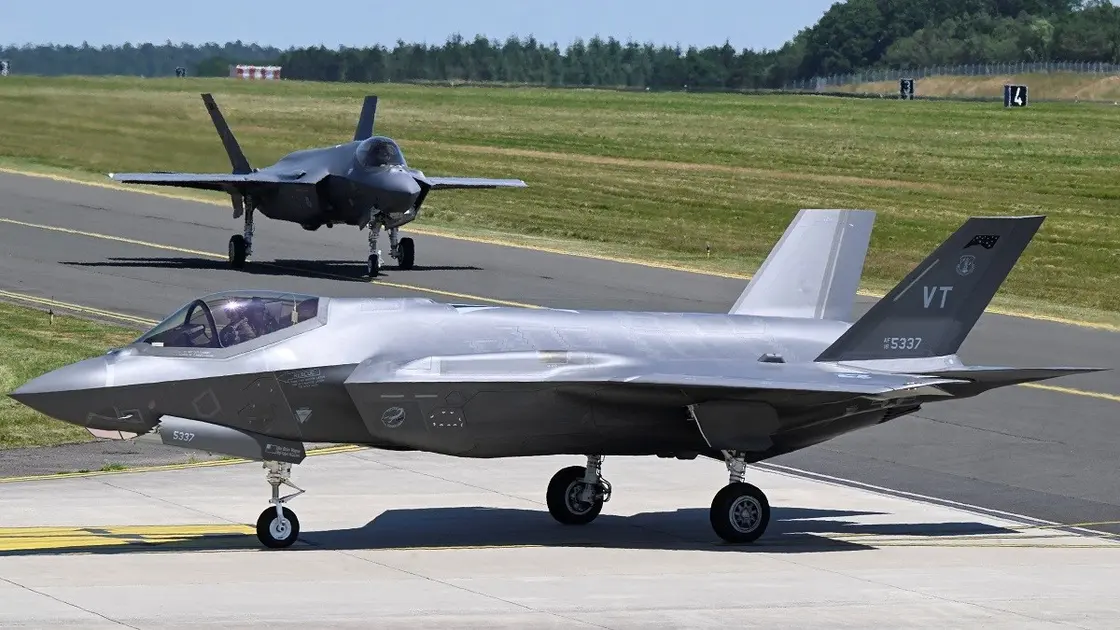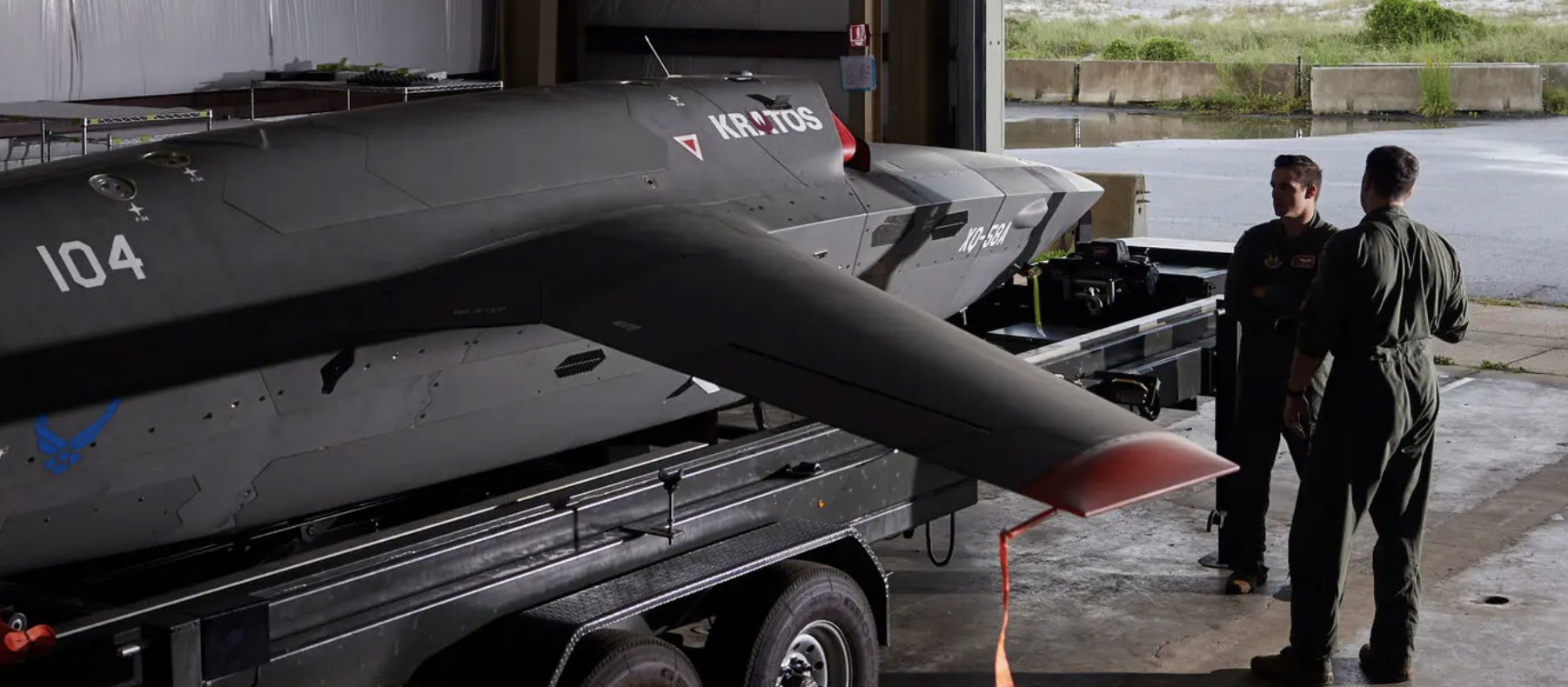by Max Harris
The unveiling of the Next Generation Air Dominance (NGAD) Programme heralds a transformative era in the United States Air Force’s (USAF) quest for air superiority. Spearheading the modernization drive, NGAD promises to revolutionize aerial warfare with its innovative approach and cutting-edge technologies.
At the heart of NGAD lies a mission to enhance lethality and ensure air superiority through a system-of-systems approach. Unlike traditional singular platform strategies, NGAD embraces a network-connected family of systems, comprising a sixth-generation fighter aircraft, manned aircraft, loyal wingman-style unmanned aerial vehicles, and advanced command, control, and communication systems.
The recent milestone of the NGAD programme, the full-scale flight demonstrator flight in September 2020, marked a significant leap forward. This demonstration underscores the USAF’s commitment to transitioning towards next-generation combat capabilities.
The NGAD programme not only seeks to replace the F-22 Raptor but also aims to augment the USAF’s aerial capabilities with an array of unmanned collaborative combat aircraft (CCAs). With plans to procure 200 NGAD fighters and 1,000 CCAs, NGAD promises to redefine air dominance through unprecedented versatility and firepower.
In a strategic partnership with Pratt & Whitney, a subsidiary of RTX, the NGAD programme is leveraging next-generation adaptive propulsion (NGAP) solutions to power its combat aircraft. Successful evaluations of Pratt & Whitney’s NGAP prototype, XA103, signify significant progress towards achieving operational readiness.
Project Background
Originating from the Defense Advanced Research Projects Agency’s Air Dominance Initiative study, the NGAD programme has evolved significantly. With the publication of the Air Superiority 2030 Flight Plan in 2016, the programme’s trajectory shifted towards multidomain solutions and agile acquisition processes.
Development Details
The NGAD programme’s transition to the engineering, manufacture, and design phase in June 2022 marks a critical milestone. With the Department of the Air Force issuing solicitations for the engineering and manufacturing development contract, the programme is poised to enter its next phase of development.
Next-Generation Adaptive Propulsion Programme
Powered by advanced engines developed through the NGAP programme, the NGAD fighter aircraft promises enhanced survivability and operational efficiency. Collaborations with industry leaders such as General Electric, Lockheed Martin, Boeing, and Northrop Grumman underscore the programme’s commitment to technological innovation.
NGAD Fighter Jet Details
While detailed specifications remain classified, the NGAD fighter aircraft is designed to excel in counter-air missions, providing air superiority for joint force operations. Its adaptability, persistence, and interoperability make it a formidable asset in the air domain.
Technologies and Acquisition Policy Changes
Embracing digital engineering and open architecture standards, the NGAD programme aims to accelerate development timelines and enhance upgradeability. By widening the industrial base, the programme seeks to mitigate challenges encountered in previous acquisition programmes.
Collaborative Combat Aircraft
With estimated costs of up to $300 million per aircraft, the NGAD programme emphasizes the importance of affordable mass in combat scenarios. Collaborative combat aircraft, operating in tandem with manned fighters or autonomously, promise to augment operational capabilities while ensuring cost-effectiveness.
Funding and Budget Requests
To support research, development, testing, and evaluation efforts, the NGAD programme requires significant funding. With budget requests totaling $2.3 billion for the financial year 2024, the USAF is committed to advancing the programme’s objectives and ensuring air dominance in future conflicts.
In conclusion, the Next Generation Air Dominance Programme represents a paradigm shift in aerial warfare. With its innovative technologies, collaborative approach, and strategic partnerships, NGAD is poised to redefine air superiority and safeguard the nation’s interests in an evolving security landscape.




